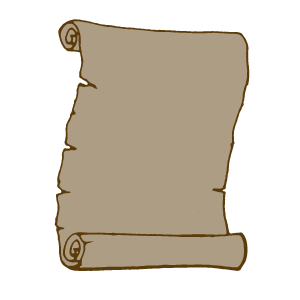Colonial History

Before Europeans began to settle on what is known as Canada, Europeans and Indigenous people were building relationships with one another based on trade, mainly of fur, animal hides, and fish. Because of this, Indigenous people on Turtle Island were accustomed to welcoming European ships as they came and went. These were mainly peaceful relationships that meant Indigenous people and Europeans were sharing and learning from one another. Trade settlements were the earliest forms of settlement that existed before more permanent communities for Europeans were established.
For a detailed look at the early contact relationship between the people Indigenous to Turtle Island and Europeans, see:
Early Years of Contact, Trade & Settlement
It is important to understand that the history of colonization begins with rather peaceful and mutually beneficial interactions between Europeans and First Nations and Inuit populations. During first contact, Europeans relied on Indigenous people for successful trade and even survival. Early on there was an agreement between Indigenous people and Europeans to share the land. Both parties could see the mutual benefits of their trade relationship. This posture of friendship by Europeans was a facade used to win over trust in order to establish invasive strategies to displace Indigenous people.
A key strategy in the domination of Turtle Island is the Doctrine of Discovery; a doctrine of superiority that legitimized the colonization of sovereign Indigenous nations globally in the name of Christianity. This global take-over included the land of Indigenous people in what is now Canada.
The Doctrine of Discovery claimed that if land was vacant, it could be claimed by explorers in the name of the Monarchy. Since Indigenous people were non-Christian this meant they were less than human (savages), and therefore since the land was uninhabited by humans, Christian Europeans had the right to colonize whatever land they discovered.
The notion of terra nullius, meaning empty land, was also used to legitimize colonization. If the land was empty of humans, it was free for the taking. Since Indigenous people were non-Christian, they were uncivilized, nonhuman, or savage, and therefore the land was terra nullius and taking it was justified.

